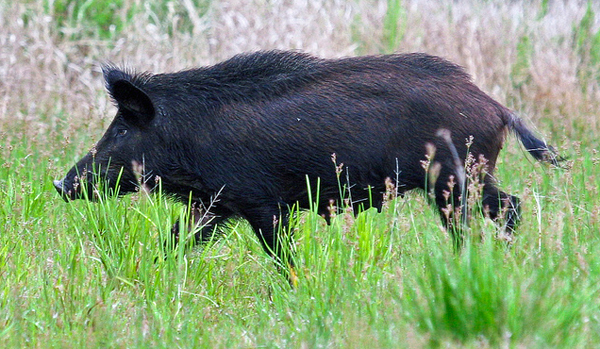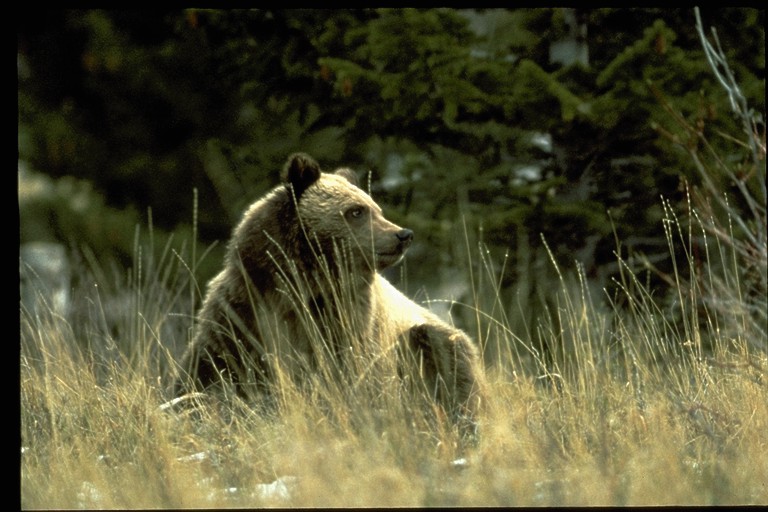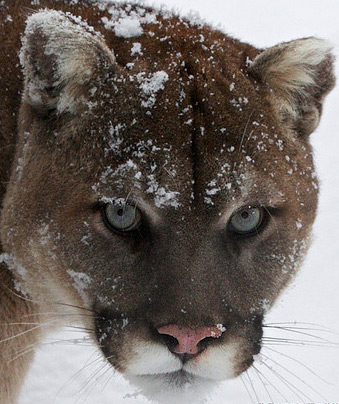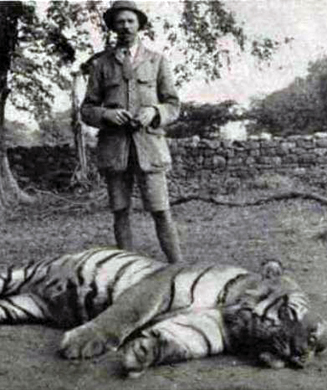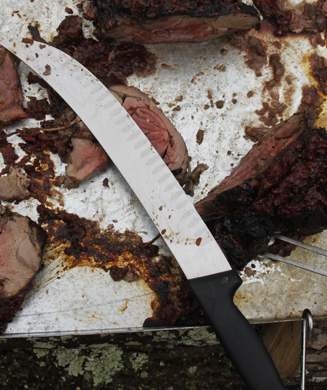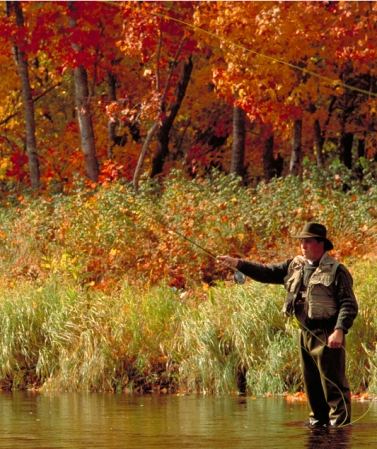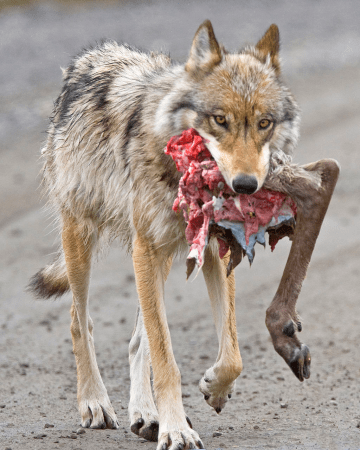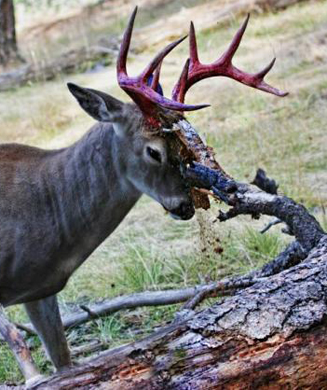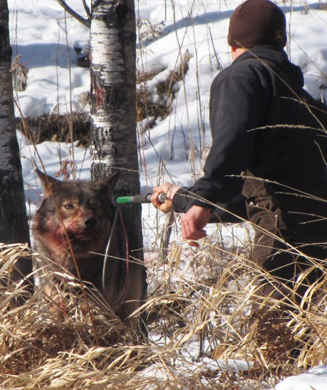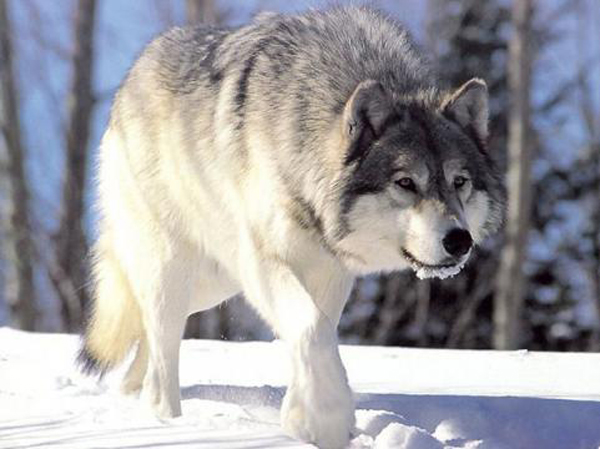
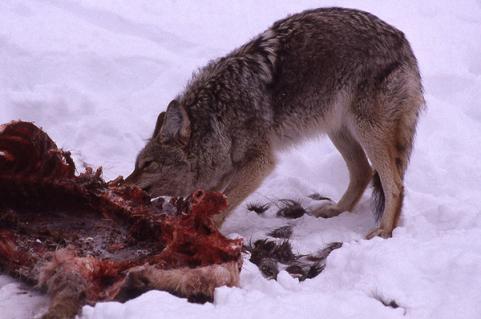
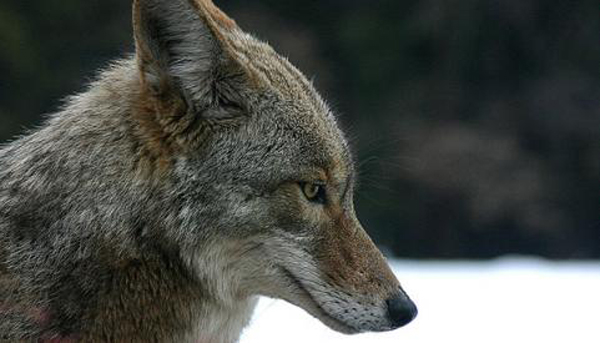
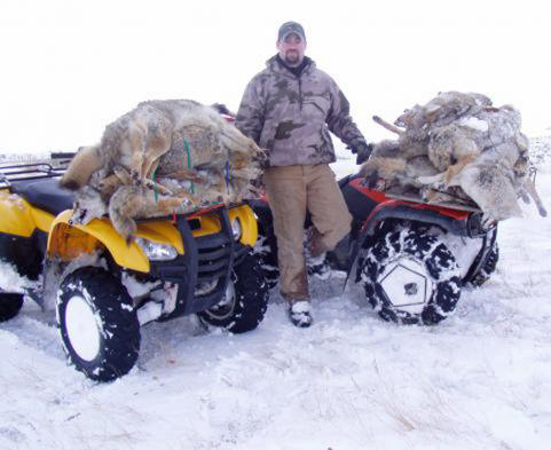
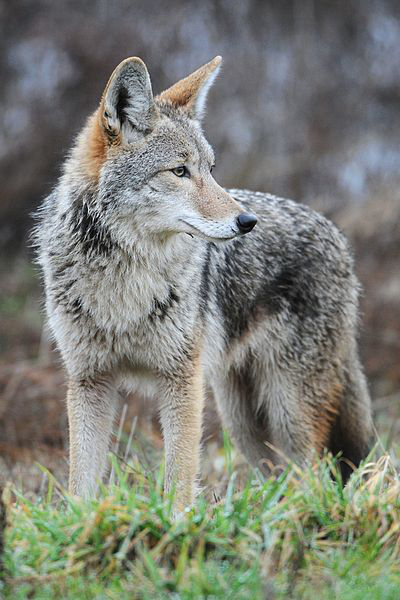
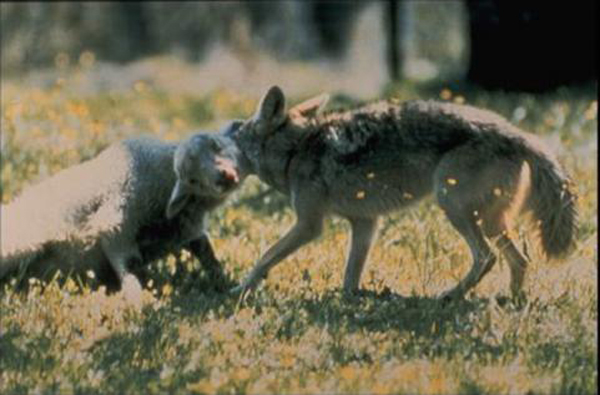
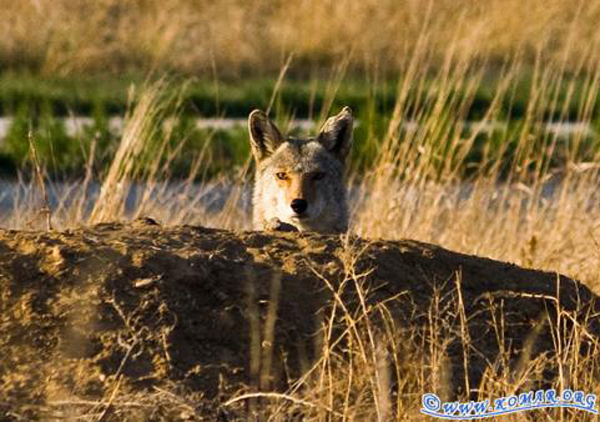
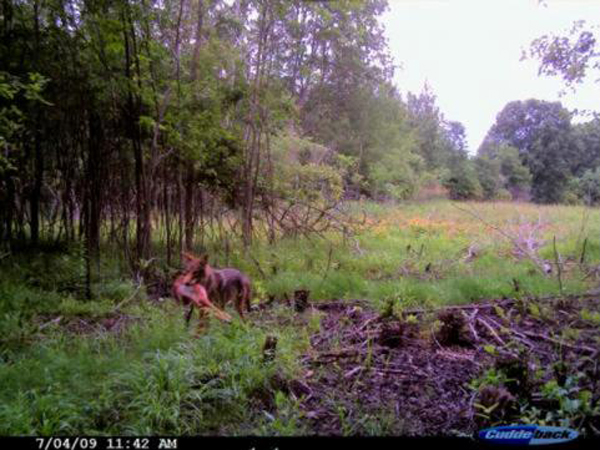
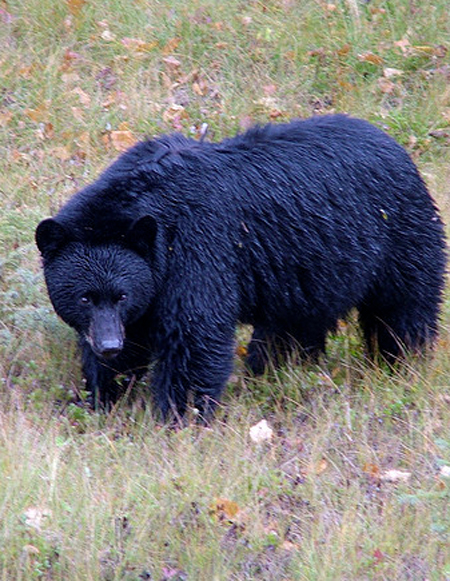
Black bears are making a comeback in a big way. They use to be among the most common big game in Tennessee, Kentucky, Arkansas and Virginia before they were almost wiped out of the states in the early 1900s. But thanks to some strong management policies, black bears are again flourishing. Bear populations have grown so quickly that many states don't even know how many bears they have. Photo: Janebelindasmith
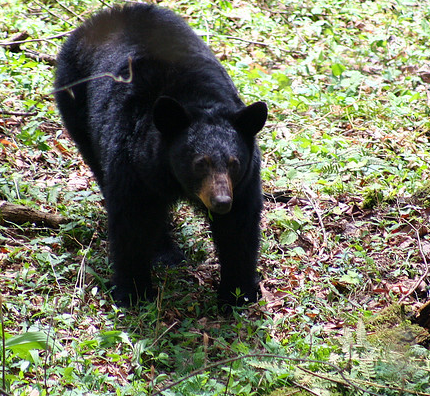
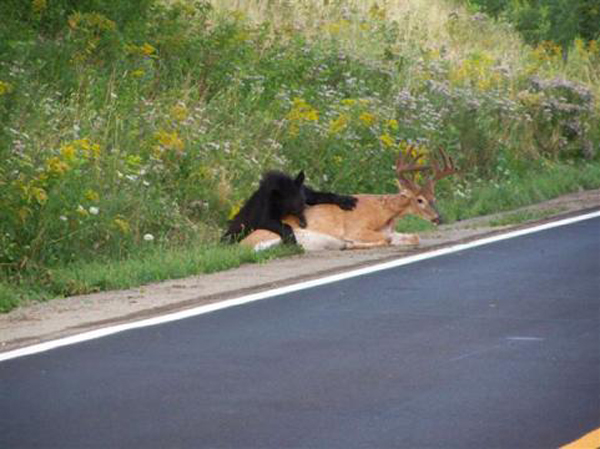
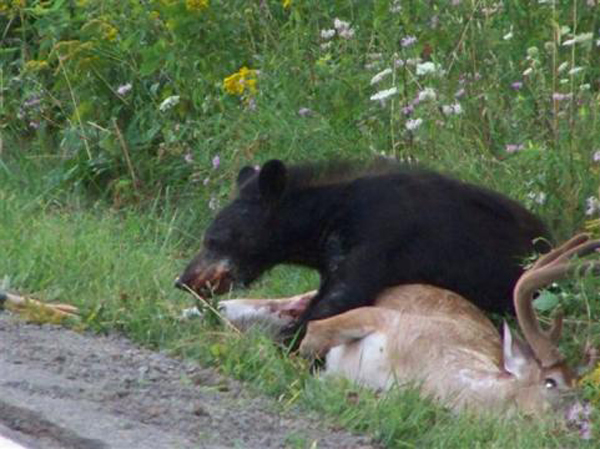
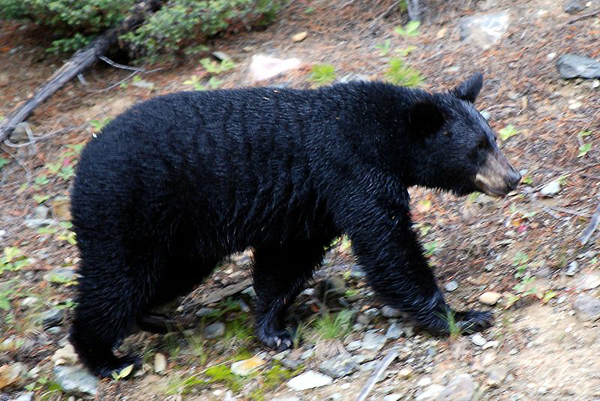
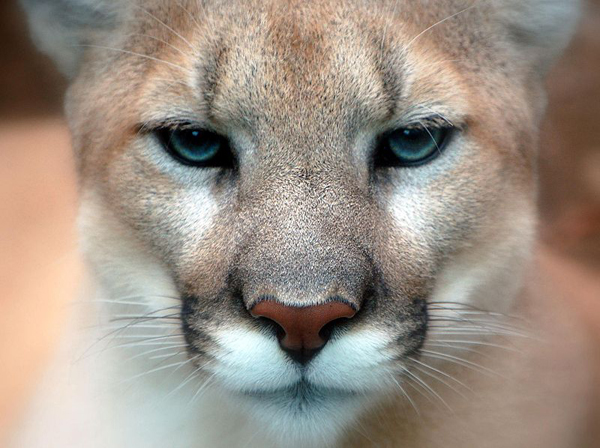
There are an estimated 50,000 mountain lions in North America and that number is on a declining trend. But in the United States the mountain lion has made a steady comeback and is slowly finding its way back east. In the last few years, lions have been spotted in Michigan, Indiana, Iowa, Wisconsin and Maine. Photo: Art G.
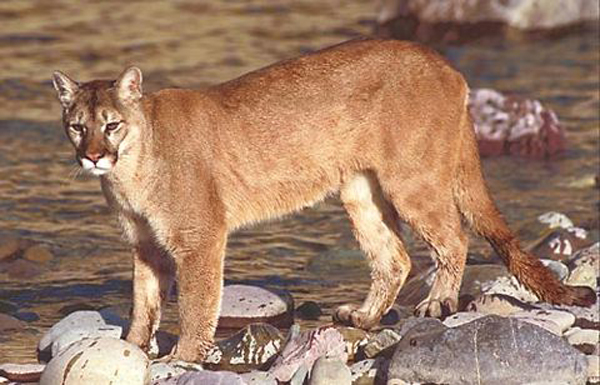
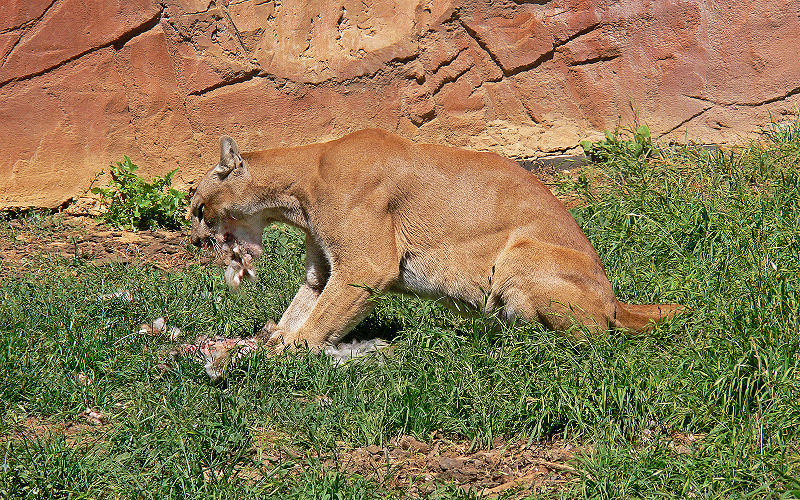
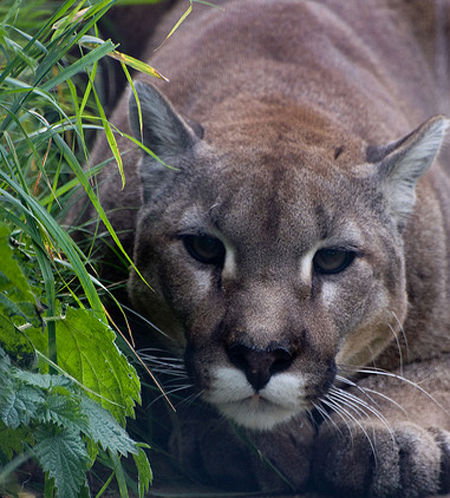
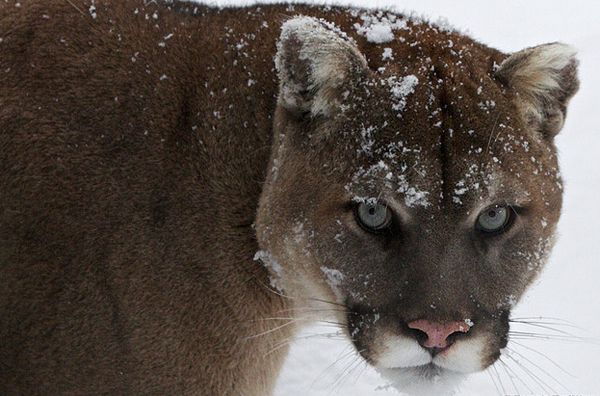
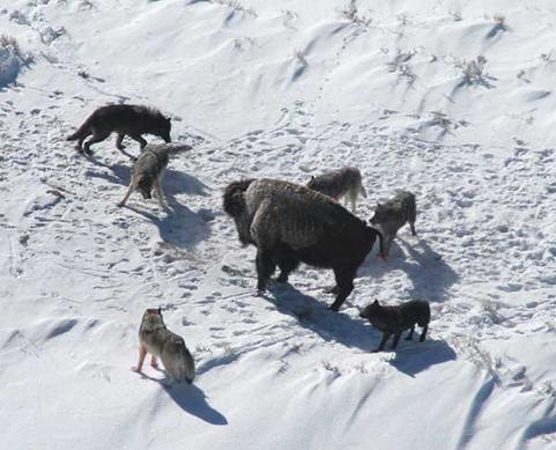
The gray wolf has been one of the most controversial animals in North America. Shot and poisoned almost to extinction in the West during the 1900s, wolves have since been reintroduced and populations have flourished in Montana, Wyoming and Idaho. Even larger populations exist in Michigan, Wisconsin and Minnesota. Photo: National Park service
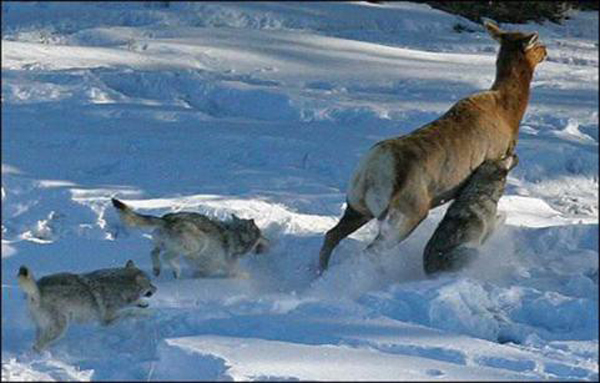
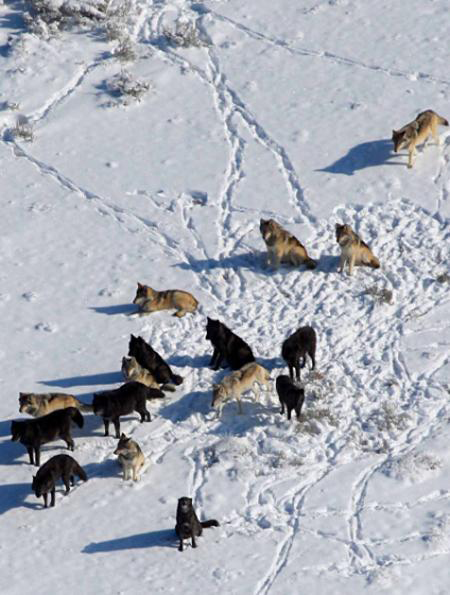
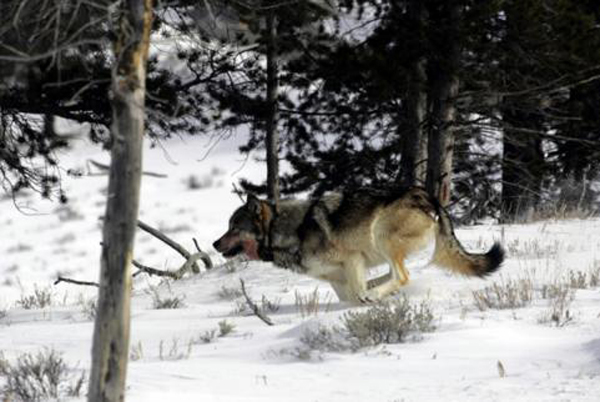
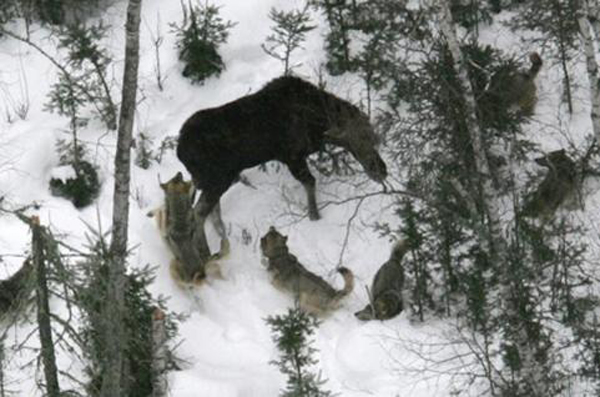
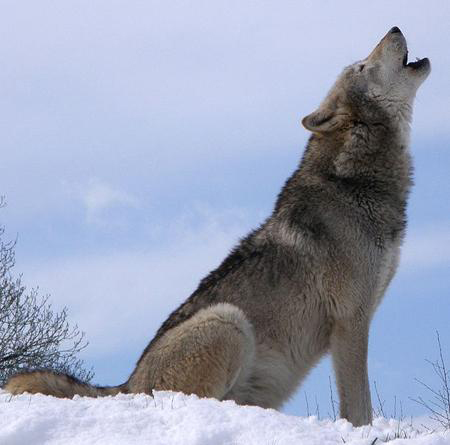
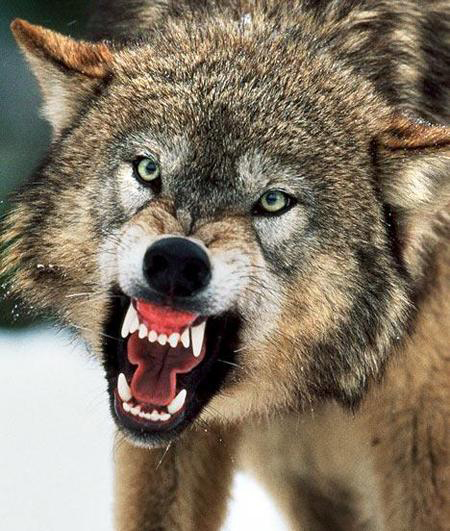
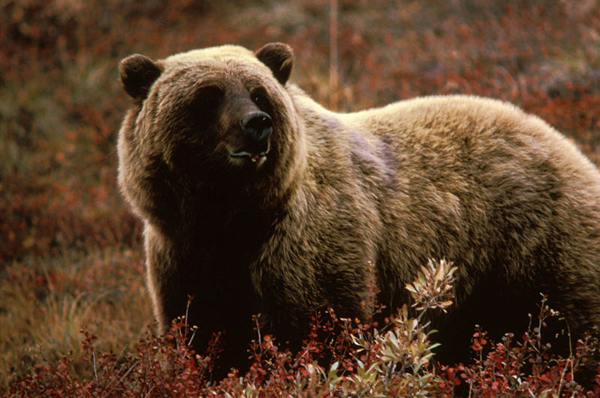
Grizzly bears once ruled the American West and much of the Great Plains. But as European settlement spread across the country, grizzlies were pushed out of most of their home ranges, and the problems worsened with market hunting and urban development into the 1900s.
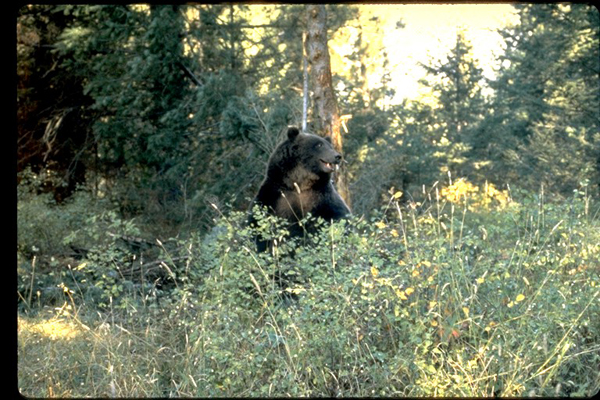
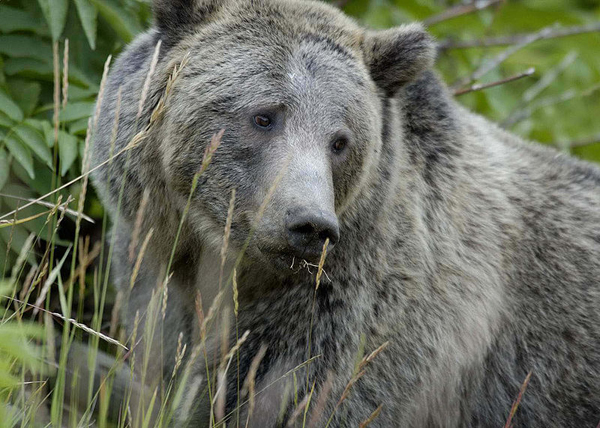
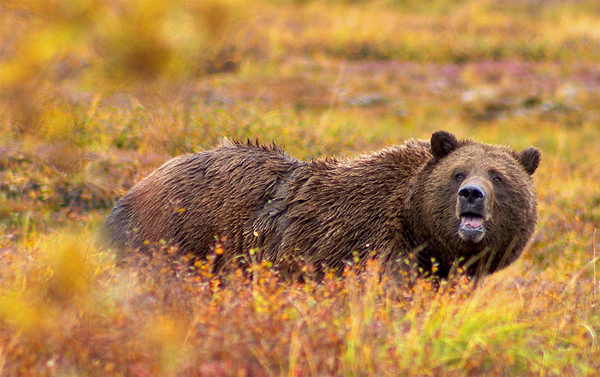
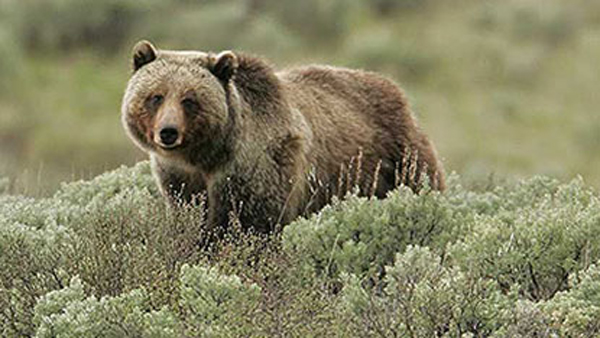
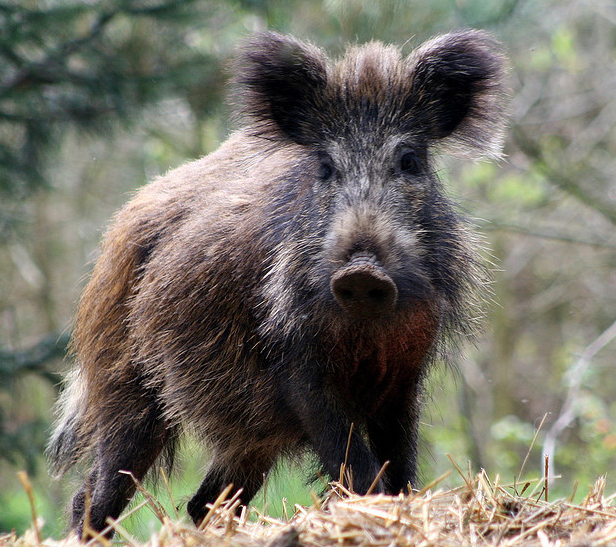
Are feral hogs really predators, not exactly, they're really opportunists. While hogs are mostly herbivores, they regularly eat whitetail fawns and turkey eggs in the spring. There is little solid research that describes just how many fawns are eaten by hogs each year. Photo: vlod007
